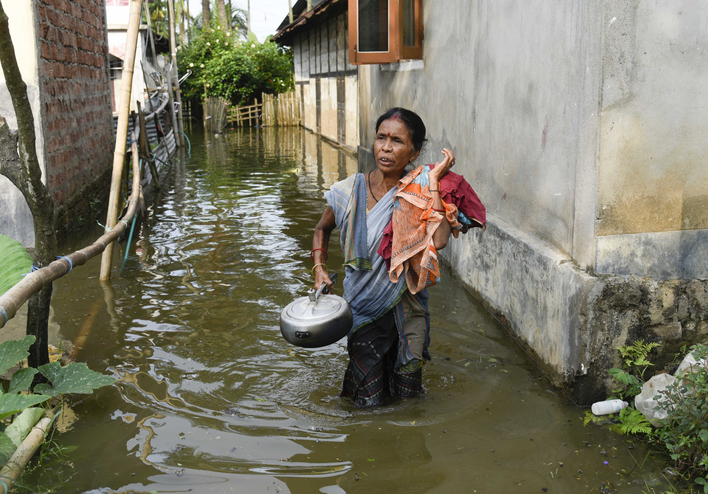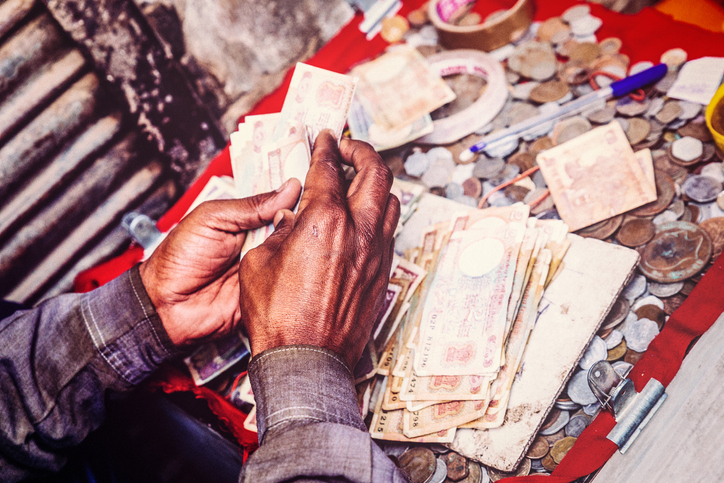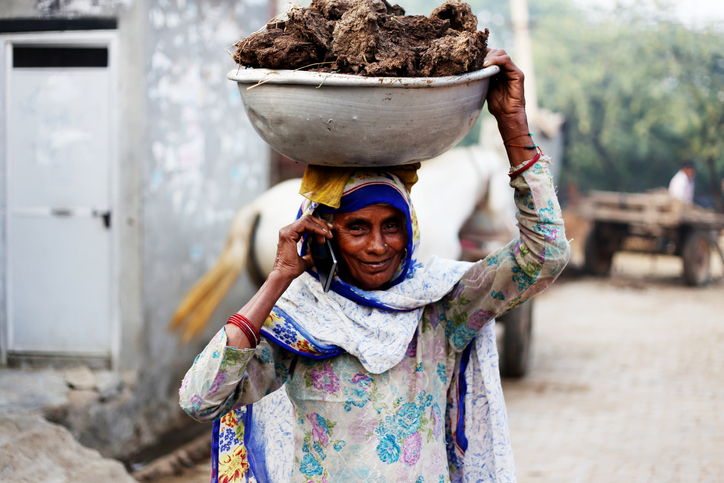Many cities in developing countries suffer from rising traffic congestion, making it difficult for people to get around for work and causing heavy pollution. This column explores the potential of Bus Rapid Transit (BRT) systems for tackling these problems, contrasting the experiences of the Colombian and Indonesian capitals. Higher-quality implementations, such as TransMilenio in Bogota, have led to significant welfare improvements; while lower-cost systems, such as TransJakarta, may actually exacerbate congestion.
Although traffic congestion is universal, its problems have become particularly severe in the urban areas of developing countries. Commuting times in these cities are soaring to unsustainable levels. For example, commuters in Sao Paolo and Rio de Janeiro spend, on average, more than 90 minutes per day traveling to and from work.
Traffic congestion increases stress, and reduces leisure and family time. It also leads to slower job growth and inefficient allocation of labor, as well as higher incidence of adverse health outcomes due to traffic-related air pollution.
To fight congestion, transport planners have advocated new or expanded public transport systems. But traditional systems, such as subways or light rail, are expensive and politically challenging to implement. Bus Rapid Transit (BRT) offers a viable compromise for cash-constrained municipalities.
BRT provides dedicated right-of-way lanes for city buses and uses a network of strategically located stations to pick up and drop off passengers. Such systems provide transport services that are similar to subways or light rail but are less expensive to develop and operate. As of June 2019, over 170 cities had constructed BRT systems, including several in low- and middle-income countries.
With its widespread adoption, the question remains: does BRT work? Two recent studies offer competing evidence on its potential impact. When implemented well, as in Bogota, Colombia, BRT can significantly reduce the private and social costs of commuting. On the other hand, the experience of Jakarta, Indonesia suggests that the devil is in the implementation details.
The gold standard: Bogota’s TransMilenio
Having opened in 2000, Bogota’s TransMilenio is the world’s most used BRT system, with 147 stations and daily volume of 2.2 million trips. The system’s average operational speed (26.2km/h) is much faster than traditional buses (10km/h) and comparable to New York City subway speeds.
A study by Nick Tsivanidis uses detailed data across 2,800 census tracts available before and after the opening of TransMilenio to examine its effects on different types of workers and firms. Because TransMilenio stations are not randomly assigned, he predicts station placement with the locations of historical tramlines, as well as with engineering estimates of BRT construction costs for different land uses.
Tsivanidis finds that by improving a location’s commuter market access, the TransMilenio system increased residential and commercial land prices, populations, and the number of firms in affected census tracts. He also finds that the system enabled low-skilled workers to reach jobs located further away, but increased wages more for higher-skilled workers. He concludes that the system improved average welfare by 1.5% and output by 1.1%, net of construction costs.
Despite these encouraging results, counterfactual policy simulations show that TransMilenio could have been even better. Had the government relaxed zoning laws, developers could have expanded housing supply near BRT stations, and welfare could have improved by 19%. Improving bus service quality and reducing cramped conditions would have also led to large increases in welfare.
Less-than-gold standard: Jakarta’s Transjakarta
TransMilenio’s ‘gold standard’ BRT system includes GPS-based service planning, multiple networked routes, peak frequency buses, and comfortable stations. Other BRT implementations vary widely, and an important question is whether lower quality and less costly systems can deliver the same benefits as ‘gold standard’ systems.
TransJakarta is the world’s largest BRT system with 240 stations connected by 13 corridors spanning a length of nearly 206km. Opened in 2004, it was built on a budget, costing 20% less on a per km basis than TransMilenio. The system often lacked segregated lanes and uses road space served by other vehicles (instead of overpasses). Some TransJakarta stations lack off-board fare collection and platform-level boarding at stations; as a result, they do not meet basic international BRT standards (see figure below).
 |
|
|
TransMilenio station, ‘gold standard’ (Pepe Sierra Station) |
TransJakarta station, ‘BRT lite’ (University of Indonesia Campus Station) |
Using high-quality data from two waves of a large-scale survey of commuting patterns, our research compares outcomes in neighborhoods treated with station proximity to neighborhoods that (1) were either planned to be treated but have yet to be, or (2) would be treated as the system eventually expanded.
We find that adoption of the BRT was relatively low: by 2010, only 4.3% of commuters in Greater Jakarta chose the BRT to be their main transit mode. During a similar time of operation, TransMilenio had attained a 26% mode share.
Instead, we find that throughout Jakarta, there was a substantial increase in motorcycle ownership and car ownership between 2002 and 2010, and a similarly large decrease in the percentage of commuters who used the traditional public bus system.
|
|
|
Mode Choice in Greater Jakarta: 2002 and 2010 |
Moreover, trip durations along BRT corridors actually increased compared with trips along other corridors, especially during the peak hours – exactly when the BRT was supposed to reduce congestion. All modes of transit that competed for road space with the BRT were negatively affected.
By using existing road space, TransJakarta seems to have reduced road capacity and exacerbated congestion. But trips along the corridors that were built to higher service standards did not experience these negative spillover effects, suggesting that measures to save implementation costs may not always be beneficial.
Implementation matters
Existing studies provide equivocal evidence on the economic benefit of BRT systems, and more research is needed. It seems that higher-quality implementations such as TransMilenio have led to significant welfare improvements. On the other hand, lower-cost systems, such as TransJakarta, may actually exacerbate congestion.
We think that infrastructure investments that complement BRT may partly explain the differences in BRT impacts between Bogota and Jakarta. For example, sidewalks are known to be of generally poor quality in Jakarta, reducing pedestrian activity, while they are much better and facilitate BRT access in Bogota.
More research is needed to get a better understanding of the heterogeneity of BRT experiences. The challenge for research is to identify the necessary features of public transport systems that will encourage ridership, reduce congestion, and avoid some of the pitfalls that led to TransJakarta’s muted effects.










